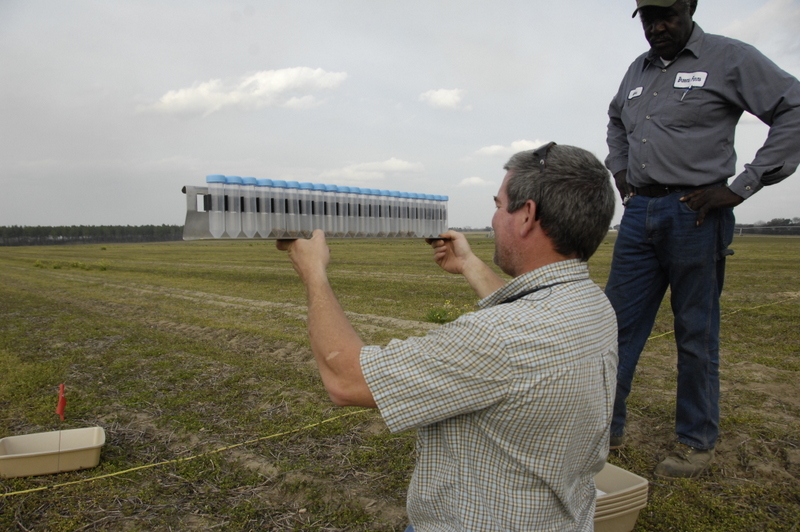As farmers prepare for crop planting, its important to calibrate dry fertilizer spreaders to make sure you are getting a good pattern in the field. Most newer spreaders calculate the rate per acre for you, in other words, you may know how many pounds of material you are putting out per acre, but you should also check to make sure the spreader applies evenly. You want an even spread with no heavy or light streaks.

UGA Calibration of Bulk Dry Fertilizer Applicators
The following are just a few key points from this publication.
Spreader Calibration Kit
Calibration checks for solid fertilizer equipment should show the type of spread pattern (including the degree of uniformity obtained across the swath), the effective swath width and the rate of application. Carry out these checks to determine any necessary adjustments to maintain or improve the characteristics of the applicator. One practical method of calibrating fertilizer and lime spreaders requires the following supplies: